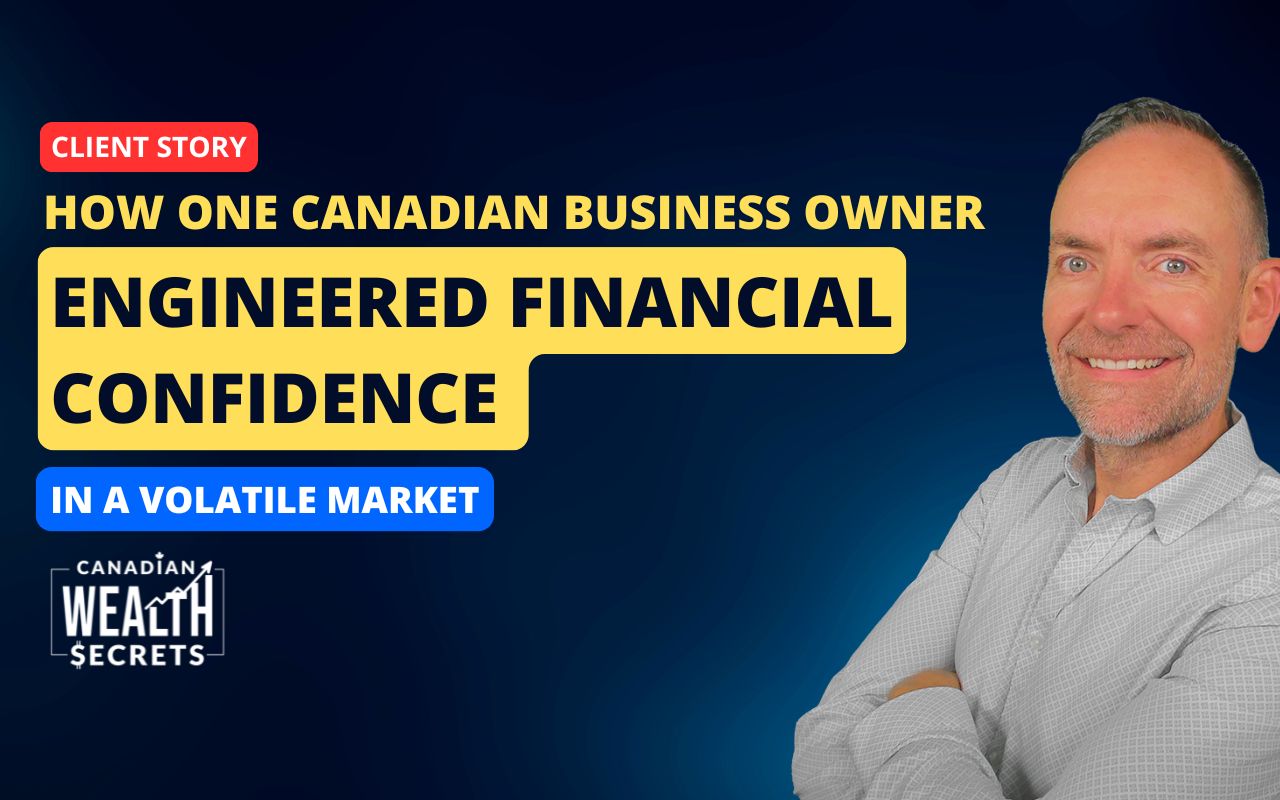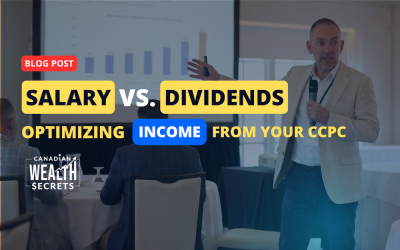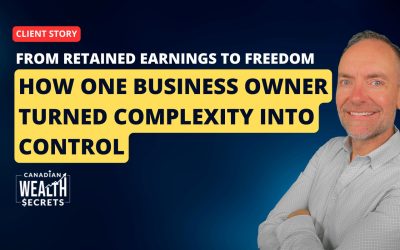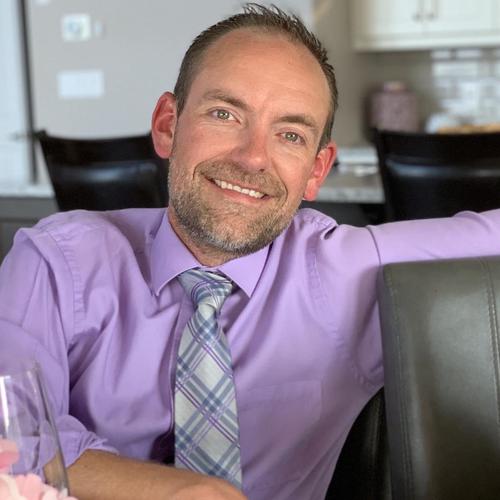When Mark D., a seasoned Toronto-based entrepreneur, found himself standing at the financial crossroads of lifestyle, liquidity, and legacy—he knew the next move had to be precise.
On the surface, Mark had it all. His sales agency had crossed $1.15M in gross commissions with $350K in net profit. Corporate accounts were healthy, and personal investments exceeded $650K. But as he eyed a $2 million home with a $9,000/month mortgage, the pressure started to mount.
His biggest question wasn’t about affordability—it was about sustainability.
The Dilemma: Comfort vs. Control
Mark had built his business from scratch and managed to stay lean and profitable. But now, with two children, an entrepreneurial spouse, and a fast-scaling company on his shoulders, he was weighing more than just numbers.
“I’m used to running at 100 mph,” he admitted. “But lately, I’ve been asking—am I building a future, or just maintaining a lifestyle?”
The purchase of a primary residence would require almost $470K in liquidity, leaving a dent in his investment portfolio and corp reserves. The idea of overextending — even temporarily — triggered questions:
- What if business slows down?
- What if I can’t fund a strategy one year?
- How do I avoid crushing tax loads on withdrawals?
- Is there a better way to balance risk and growth?
The Breakthrough: Strategy Over Sacrifice
That’s when Mark turned to the team at Canadian Wealth Secrets. He wasn’t looking for a generic financial plan—he needed a system designed for Canadian business owners like himself.
Over a series of deep-dive sessions, the team proposed a strategy that flipped the script on traditional wealth building: use the corporation to fund a participating whole life insurance policy, then leverage it to access capital without triggering tax events.
“It was the first time someone showed me how to make my money work in layers,” Mark said. “Corporate, personal, leveraged—all moving parts with flexibility.”
The Kyle Pearce and the team walked him through every scenario—what happens if lending isn’t approved, how much he could draw in the first year ($300K+), and even how to scale contributions up or down in good and bad years.
He learned that by targeting a $135K salary, he could optimize tax brackets. That his $550K corporate surplus wasn’t just idle—it was leverageable. That his life insurance wasn’t just protection—it was a corporate asset with living value.
The Shift: Structure = Confidence
As the strategy unfolded, so did Mark’s mindset. He stopped seeing his house as a liability and began viewing it as part of a broader financial engine. With clarity came peace of mind.
He put time into restructuring his household and corporate budgets. He began onboarding documents, locking in appraisals, and preparing for underwriting. And most importantly, he no longer felt torn between family lifestyle and business ambition.
“I used to lose sleep over big moves,” he said. “Now I sleep on a $1 million pillow — and a structure that supports it.”
The Outcome: Optionality, Not Obligation
Mark ultimately moved forward with the home—but with buffers built in. He preserved enough investment capital for a downturn. He activated the wealth policy, ready to draw when needed. And he created margin—not just in his finances, but in his life.
The Takeaway: You Don’t Have to Choose Between Growth and Safety
For incorporated entrepreneurs, the right financial structure can replace uncertainty with flexibility—and taxes with leverage. Mark’s story is a testament to what’s possible when you stop asking, “Can I afford this?” and start asking, “Does this decision serve my long-term freedom?”
If you’re a business owner in Canada sitting on retained earnings, eyeing growth, or weighing a major decision—this is your moment.
The team at Canadian Wealth Secrets can help you build your own Wealth Creator strategy.
Want To See Where You Stand?
If you’re a business owner sitting on retained earnings or wondering how to build tax-efficient corporate wealth, let’s chat.
Book a free discovery call and we’ll assess where you are on your journey—then show you how to build your own corporate wealth reservoir and make smarter moves with your money.
Disclaimer: This content is for educational purposes only and does not constitute financial, legal, accounting or investment advice. Always consult with a qualified advisor before making investment, tax, accounting or legal decisions.






